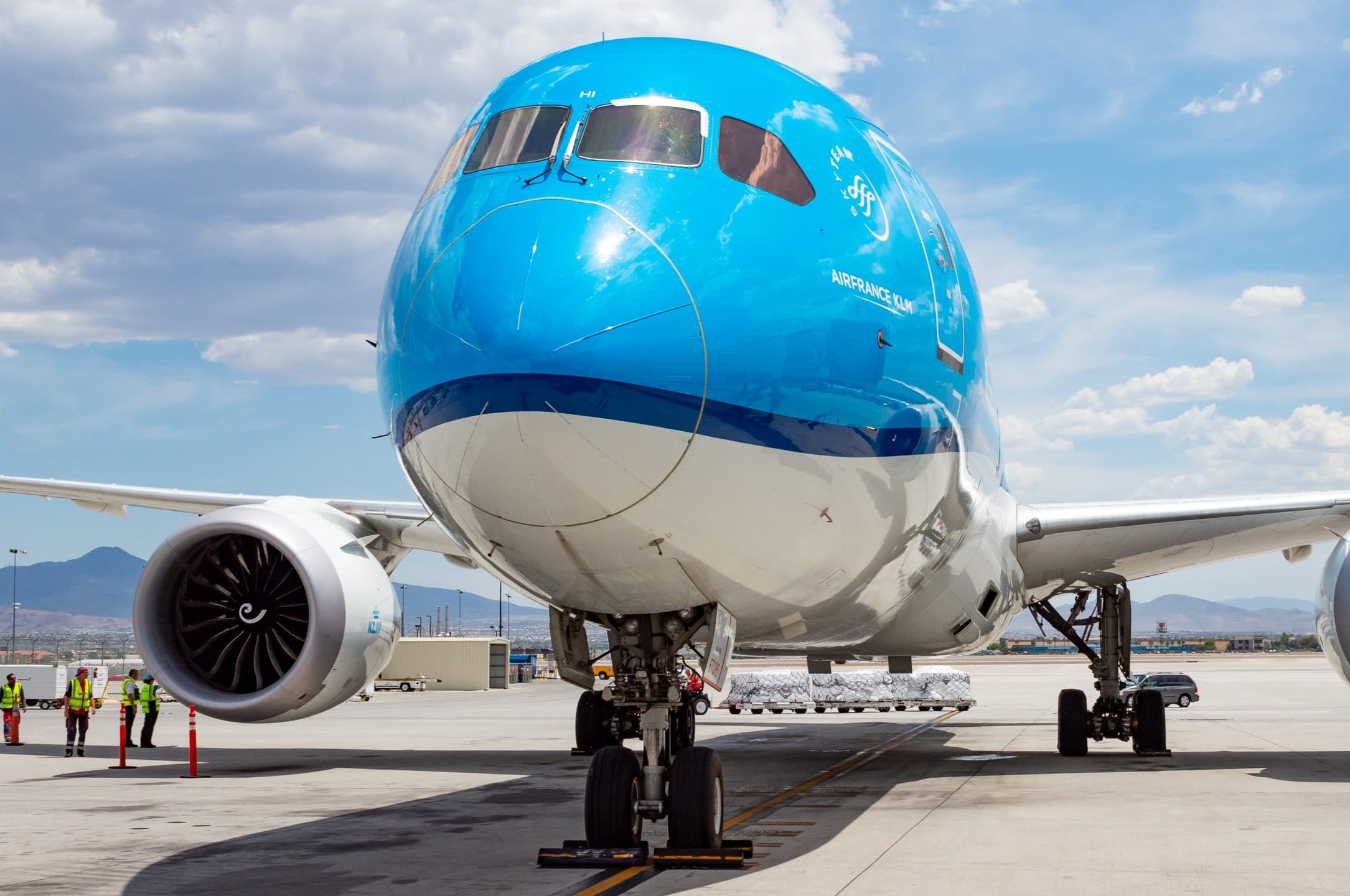
Ever wondered how safe it is to fly? Airline safety and security have come a long way, making air travel one of the safest modes of transportation. With advanced technology, rigorous training, and strict regulations, airlines prioritize passenger safety above all else. From the moment you check in to the time you land, numerous measures ensure a secure journey. But what exactly makes flying so safe? Let's dive into 20 fascinating facts about airline safety and security that will put your mind at ease next time you board a plane. Buckle up and get ready to learn!
Key Takeaways:
- Flying is safer than driving! Pilots are extensively trained, and planes are equipped with advanced technology to ensure your safety in the air.
- Airports have strict security measures, including thorough screenings and reinforced cockpit doors, to keep passengers safe from potential threats.
Airline Safety: A Top Priority
Airline safety is a topic that concerns everyone who travels by air. Airlines and regulatory bodies work tirelessly to ensure the highest standards of safety. Here are some fascinating facts about airline safety.
-
Commercial aviation is one of the safest modes of transport. Statistically, flying is much safer than driving a car. The odds of being in a plane crash are about 1 in 11 million.
-
Airplanes undergo rigorous testing. Before a new aircraft model is approved for commercial use, it must pass a series of stringent tests, including extreme weather conditions and emergency scenarios.
-
Pilots receive extensive training. Pilots undergo thousands of hours of training, including simulations of various emergency situations, to ensure they can handle any scenario.
-
Air traffic control plays a crucial role. Air traffic controllers monitor and direct aircraft from the ground, ensuring safe distances between planes and managing takeoffs and landings.
-
Aircraft are equipped with advanced technology. Modern planes are fitted with state-of-the-art navigation and communication systems, which help pilots make informed decisions during flights.
Security Measures: Keeping Passengers Safe
Security measures at airports and on planes are designed to protect passengers from potential threats. These measures have evolved significantly over the years.
-
TSA screenings are thorough. The Transportation Security Administration (TSA) conducts detailed screenings of passengers and luggage to prevent dangerous items from being brought on board.
-
Air marshals are on many flights. Federal air marshals are trained to handle in-flight security threats and are often undercover among passengers.
-
Cockpit doors are reinforced. Since 9/11, cockpit doors have been fortified to prevent unauthorized access, ensuring the safety of the flight crew and passengers.
-
Behavioral detection officers are at work. These officers are trained to identify suspicious behavior in passengers, adding an extra layer of security.
-
Baggage is screened multiple times. Checked luggage goes through several layers of screening, including X-rays and explosive detection systems.
Emergency Protocols: Prepared for Anything
Airlines have detailed emergency protocols to handle various situations, ensuring passenger safety even in unexpected events.
-
Flight attendants are trained for emergencies. They receive extensive training in first aid, evacuation procedures, and handling in-flight medical emergencies.
-
Planes have multiple emergency exits. Aircraft are designed with several emergency exits to facilitate quick evacuations if necessary.
-
Life vests and oxygen masks are standard. Every seat is equipped with a life vest, and oxygen masks automatically deploy in case of cabin pressure loss.
-
Fire extinguishers are on board. Planes carry fire extinguishers to deal with any onboard fires quickly and effectively.
-
Emergency slides are regularly tested. The inflatable slides used for evacuations are tested frequently to ensure they deploy correctly.
Technological Innovations: Enhancing Safety
Technology continues to advance, bringing new innovations that enhance the safety of air travel.
-
Fly-by-wire systems are common. These systems replace traditional manual flight controls with electronic interfaces, improving precision and safety.
-
Enhanced weather radar helps pilots. Modern weather radar systems provide real-time data, helping pilots avoid severe weather conditions.
-
Collision avoidance systems are in place. Aircraft are equipped with Traffic Collision Avoidance Systems (TCAS) that alert pilots to potential mid-air collisions.
-
Black boxes are crucial. Flight data recorders, commonly known as black boxes, capture crucial information during flights, aiding investigations in case of accidents.
-
Drones are used for inspections. Airlines use drones to inspect aircraft exteriors, making the process faster and more thorough.
Final Thoughts on Airline Safety
Airline safety has come a long way. With advanced technology, rigorous training, and strict regulations, flying is safer than ever. Pilots undergo extensive training, and planes are equipped with state-of-the-art systems to handle emergencies. Security measures at airports, though sometimes inconvenient, play a crucial role in keeping passengers safe.
Understanding these facts can ease any anxiety about flying. Knowing that airlines prioritize safety above all else can make your next trip more enjoyable. So next time you board a plane, remember the countless efforts behind the scenes ensuring your safety.
Flying remains one of the safest modes of transportation. With continuous improvements and innovations, it will only get safer. So sit back, relax, and enjoy your flight, knowing you're in good hands.
Frequently Asked Questions
Was this page helpful?
Our commitment to delivering trustworthy and engaging content is at the heart of what we do. Each fact on our site is contributed by real users like you, bringing a wealth of diverse insights and information. To ensure the highest standards of accuracy and reliability, our dedicated editors meticulously review each submission. This process guarantees that the facts we share are not only fascinating but also credible. Trust in our commitment to quality and authenticity as you explore and learn with us.


